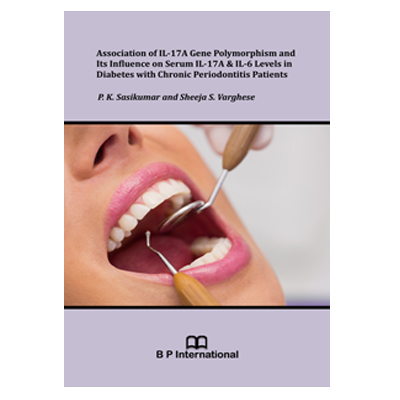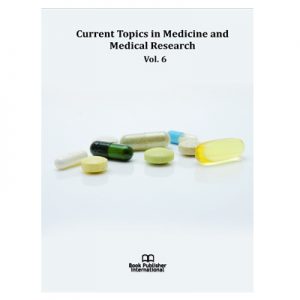Periodontitis is a multifactorial disease thataffects the supporting structures of teeth, resulting in partial or complete loss of teeth. The microbial organisms presentin the plaque and calculus are the most common etiological factors for the initiation of periodontal disease (PD) in particular sites (Nishihara T, 2004). Other factors such as environmental, anatomical factors, systemic diseases, and genetic background also play a vitalrole in PDs (Darveau RP, 2010). The genetic factors that areassociated with periodontitis may alter theimmunoregulatory mechanism which couldmodify the pathogenesis of periodontitis.
The association of genetic polymorphisms with periodontitis has been studied extensively (Deng, 2010, Silva FR, 2017). The interleukin-17 (IL-17) is a group of cytokine which comprisessix different molecules (IL-17A, B, C, D, E, and F) (Kornman KS, 1997, Carvalho CN, 2016). Among these, IL- 17A and F are the most commonly understood cytokine, which plays a critical role in periodontal inflammation. These types of cytokines are released from CD4+ T-helpercells and involved in the central role of inflammation and autoimmune diseases (Witowski J, 2004). IL-17A is an initiator of the inflammatory process that induces the fibroblast, macrophages, endothelial, and epithelialcells to produce the proinflammatory mediators (Dong, 2008). T-cells produce IL-17 that activates many signaling events of innate cytokines such as TNF-αand IL-1 β, and thus, it is considered as an important bridging molecule between the adaptive and innate immunity (Beklen A, 2007). IL-17 also induces the expression of receptor activator of nuclear factor kappa-Bligand (NFK-B) on osteoblasts and stimulates the differentiation and activation of osteoclasts, which can influence the bone resorption mediated by these cells (Allam JP, 2011). Many studieshave demonstrated the presence of IL-17 in periodontal tissues, gingival crevicular fluid, saliva, and plasma of patients with PD (Vermal R, 2005).
The two variations of gene polymorphism (rs227S913 and rs763780) from IL-17 family have been found to be commonly involved in systemic diseases and PDs (Wang L, 2012). The IL-17 polymorphism is also associated with inflammatory diseases such as rheumatoid arthritis, periodontitis, and inflammatory bowel diseases (Eskandari-Nasab, 2017). The individual studies have evaluated and showed the association between IL-17A and F gene polymorphism and the risk of periodontitis (Silva da, 2017). In contrast to this, few studies were evaluated in patients with aggressive and chronic periodontitis based on the population distribution, smoking, nonsmoking status and stated that there was no significant association between the polymorphism (rs2275913 and rs763780) in IL-17A and F genes both in chronic/ aggressive periodontitis patients.
Nevertheless, the association of these genetic variations had influenced the molecular expression of IL-17 in periodontal diseases. Likewise, the IL-17A polymorphism was highly associated with chronic and aggressive periodontitis when compared with IL-17F polymorphism (Moher D, 2009). The variability of results between different studies of IL-17A polymorphism and periodontitis could be the reason to search for a new literature of IL-17A polymorphism in chronic periodontitis. Therefore, the present study is aimed at pooling the data available for meta-analysis and to evaluate whether IL- 17A (rs2275913) polymorphism is associated with the susceptibility of chronic periodontitis.





